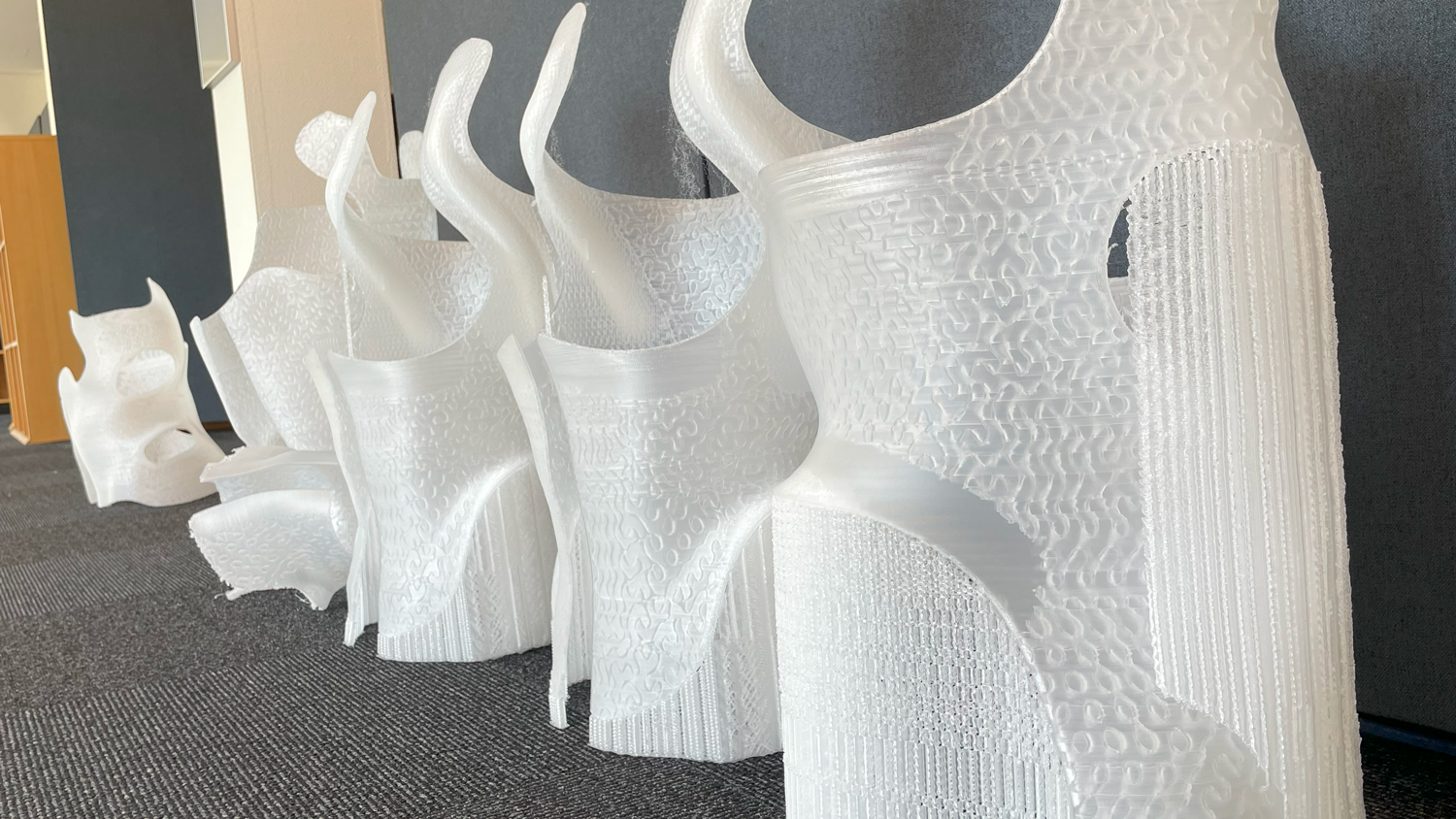How to improve patients’ adaption to corrective braces
Spinal braces have evolved significantly over time, moving from rigid, uncomfortable designs and now, with 3D printing to more flexible and patient-friendly wearable devices. Traditional braces are often bulky, restrictive, and cause discomfort which leads to low patient compliance. For this reason, Create it REAL has developed a solution to 3D print corrective spinal braces.
Create it REAL is a technology provider in additive manufacturing with an extensive experience in the industry. During the past years, our focus has been on developing the best FDM printing solutions for orthopedic products. Among them are the 3D-printed corrective braces for treating spinal deformations. We know 3D printing in and out and have the experience to exploit the technology and to do that, we need domain knowledge from professional orthopedists and medical spinal experts.
The traditional spinal brace
One of our initial learnings was the challenge of making patients wear the corrective brace sufficiently because traditionally manufactured braces are uncomfortable to wear.
Traditional correction braces are made using subtractive methods, a positive form is milled from a foam block. Thereafter, a material, such as a polypropylene plate, is heated up and formed over the positive torso shape, and it is cut into an organic shape to fit the individual patient. In this approach, the critical limitation is that the base material maintains a uniform thickness. 3D printing provides greater control over material properties, enabling variations in thickness and stiffness to be integrated directly into the production process.
In traditional manufacturing, results are often stiff, uncomfortable shells for the patient. However, when professional orthopedists prepare correction braces for 3D printing, they can now consider both correction and comfort by designing corrective braces with multi-stiffness zones.
Meet Matthew Potts from Dorsi Spinal Institute
Corrective spinal braces are highly specialized medical devices. This means that any change in production methods is sensitive and must be carefully considered. However, we are fortunate to work with professionals who are curious about new technology and willing to help us refine and improve it. One of these experts is Matthew Potts, the clinical director of Dorsi Spinal Institute.
This article is inspired by the work of Dr. Matthew Potts, who published “The Future is Flexible: The Impact of Improved Comfort and Aesthetics on Patient Compliance in Spinal Bracing” in late 2024. In it, he explores the evolution of corrective braces from a clinical and historical perspective.
Key conclusions from Dr. Potts' work:
- Improved comfort leads to better patient compliance, ultimately enhancing treatment effectiveness.
- Aesthetic considerations affect the patient’s willingness to wear the brace as prescribed.
- Incorporating variable stiffness in 3D-printed braces allows for effective correction and improved wearability.
- Advances in digital workflows streamline the production process, reducing lead times and increasing accessibility.
We are proud to have contributed to this article and to collaborate with Dr. Potts to advance the future of correction bracing. The professional cooperation and shared expertise help drive innovation, ensuring that 3D printing continues to improve patient outcomes in the orthopedic field.



